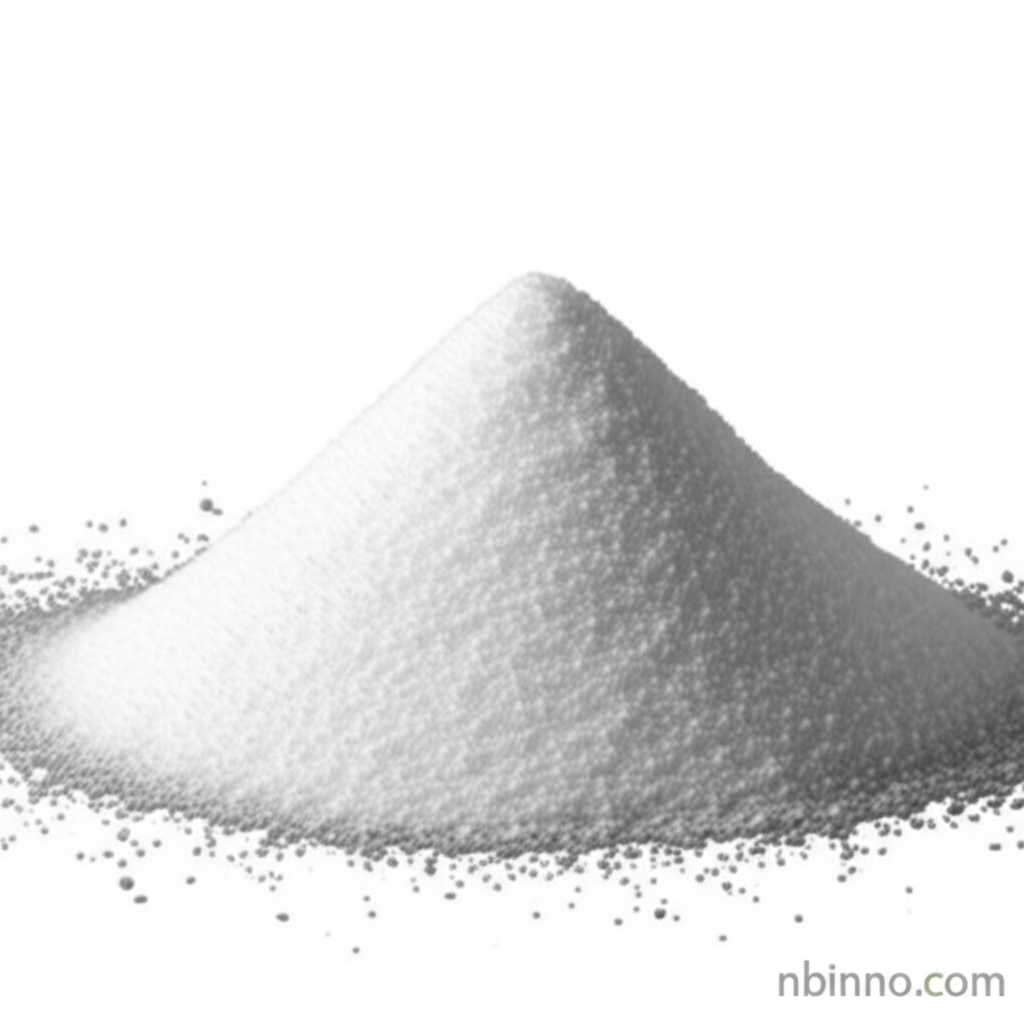Sodium Carboxymethyl Cellulose: The Versatile Thickening Agent for Textile Printing and Beyond
Enhance your textile printing with a high-performance, eco-friendly thickening agent.
Get a Quote & SampleProduct Core Value

Sodium Carboxymethyl Cellulose
Sodium Carboxymethyl Cellulose (CMC) is a highly effective and versatile thickening agent, stabilizer, and binder, widely utilized in the textile industry for its superior performance and cost-effectiveness compared to traditional alternatives like sodium alginate. Its unique properties contribute significantly to the quality and efficiency of textile printing and dyeing processes.
- Discover the benefits of using CMC as a textile printing thickener, ensuring precise application and vibrant colors.
- Explore how CMC acts as a stabilizer in textile printing pastes, preventing sedimentation and foam formation.
- Learn about CMC's role as a sizing agent for warp sizing, improving yarn strength and reducing abrasion during weaving.
- Understand the higher washable performance of CMC in the washing process after printing and dyeing, leading to cleaner finished products.
Advantages Offered by the Product
Excellent Viscosity Stability
Sodium Carboxymethyl Cellulose provides excellent viscosity stability in printing pastes, crucial for achieving consistent results in textile printing applications.
Improved Print Quality
Its good distribution uniformity and fluidity contribute to sharper patterns and better color yield, enhancing the overall print quality on fabrics.
Eco-Friendly Choice
As a biodegradable and environmentally friendly polymer, CMC offers a sustainable option for textile manufacturing, aligning with green chemical practices.
Key Applications
Textile Printing
Utilized as a primary thickening agent in printing pastes to achieve desired viscosity, ensuring precise pattern transfer and vibrant color application.
Warp Sizing
Acts as a sizing agent to protect yarn from abrasion during weaving, improving its strength and elasticity for better textile production efficiency.
Dyeing Processes
Functions as a dye bath control agent, aiding in dye dispersion and suspension for uniform color uptake and enhanced color fastness.
Textile Finishing
Used in finishing agents to improve fabric handle, drape, and resistance to abrasion and wrinkling, contributing to better textile quality.
